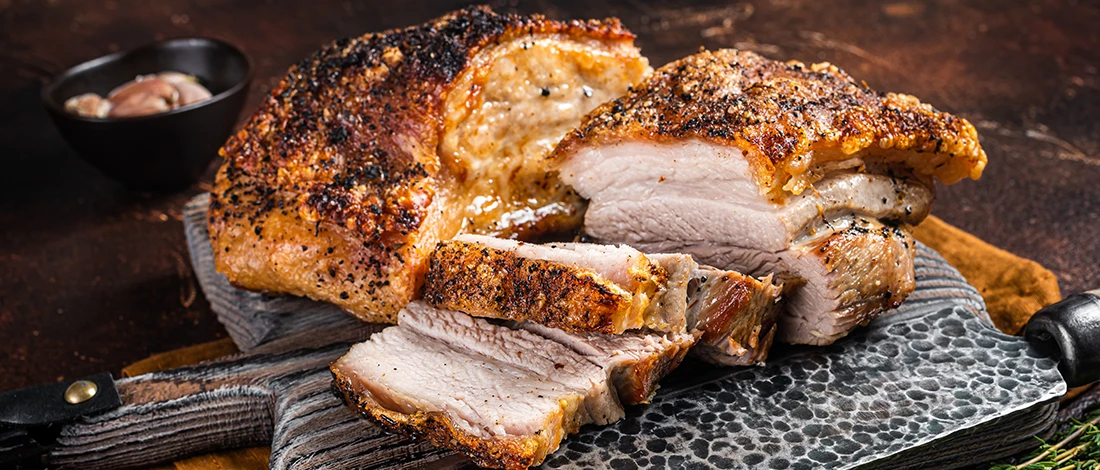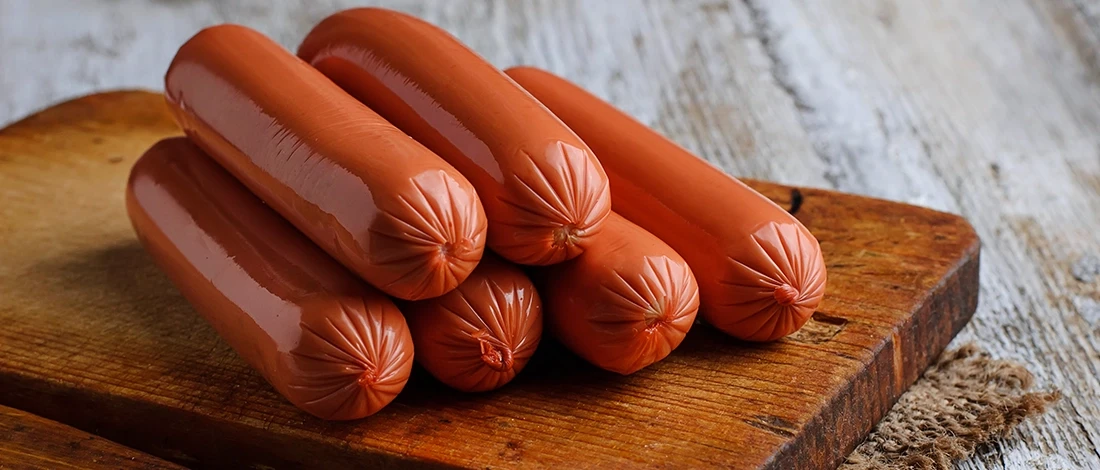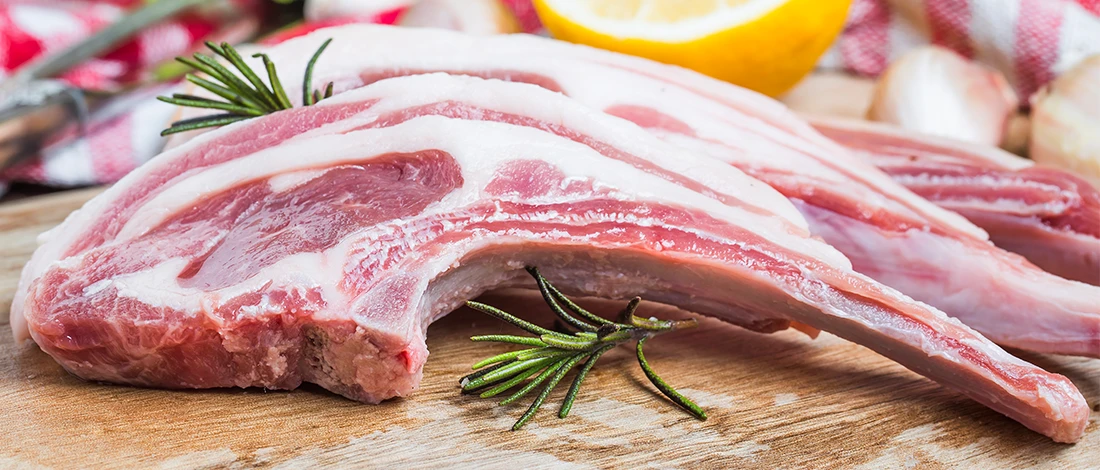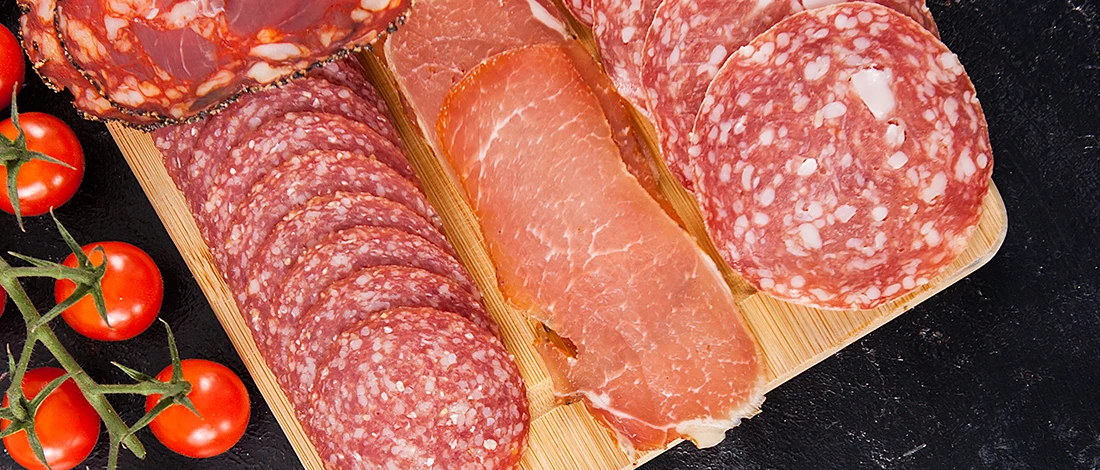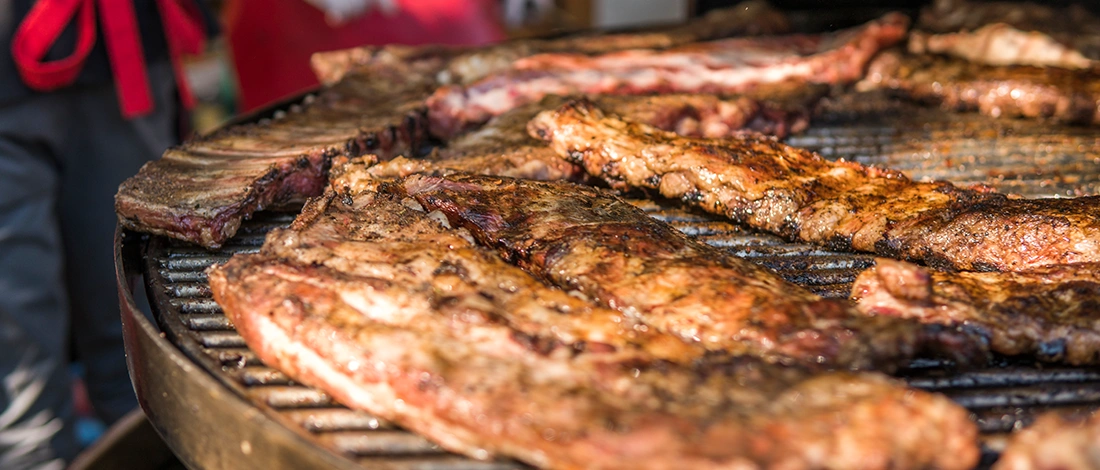When I first started my carnivore diet five years ago, I had no idea what marbling was. But that soon changed as I had to learn how to buy the perfect steak and how to use that marbling to my advantage.
I talked with my butcher to find out exactly what marbling was, and I learned how to differentiate it from fat and tell different types of marbling apart.
Here’s everything you need to know about it.
Quick Summary
- Marbling is intramuscular fat in beef cuts.
- Marbling adds flavor to the meat as the fat melts, and you have juicer meat.
- Marbling depends on several factors, such as the animal’s age, breed, feed, and more.
What Is Meat Marbling?
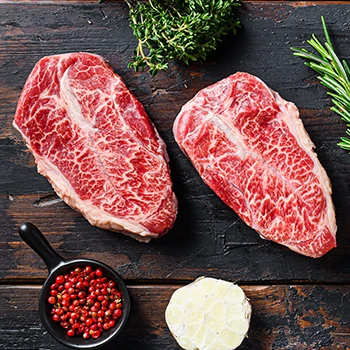
Meat marbling are visible fat flecks. This intramuscular fat is mostly found in red meat, especially beef.
Marbling got its name because the fat in lean cuts looks like a marble pattern. Beef marbling affects meat juiciness, tenderness, flavor, and texture. Marbled meat has a rich, sweet flavor.
This is soft, moist, and tender meat. Beef marbling is softer, easier to chew than other cuts, and has a greater flavor release. Overall, marbling affects the whole meat-eating experience.
Note: Don’t confuse intramuscular fat with intermuscular fat found between the muscles. You can trim intermuscular fat, and it doesn’t affect meat’s flavor.
Marbling is one of the main factors that affect the quality of a cut. The rule is the more marbling there is, the better the cut.
Wagyu beef is known as the best-marbled beef [1]. Wagyu has more marbling because these cattle breeds are fed on carefully proportioned ratios of straw and grain.
The color of the marbling is white, especially at chiller temperatures. This fat becomes less obvious as the meat comes to room temperature.
Types of Marbling

Marbling comes in different shapes and sizes. For example, it has a spiderweb look on Kobe Beef steak, and it’s thick and heavy on USDA Prime Ribeye.
Don’t believe high marbling automatically means great steak.
In fact, marbling in the form of a lighter fleck has excellent marbling quality.
These are different types of marbling to keep in mind when shopping for red meat:
- Fine marbling - Lean muscles have a lot of thin, evenly distributed fat flecks. These flecks melt during the cooking, which adds natural juices and keeps the meat moist. This is the most desirable kind of marbling for restaurants, and it’s found in Japanese Wagyu beef and Kobe beef.
- Medium marbling - Compared to fine, this is an inferior form of marbling. It has large flecks of fat. Medium marbling can negatively affect the cooking, especially for rare and medium rare steak. Fat is found in larger pieces, so it needs more time to render. Cooking rare doesn’t give fat enough time to render and provide juiciness. You have a gelatinous fat that results in an unpleasant mouthfeel. Also, some pieces of meat are tender, while others are tough and dry.
- Coarse marbling - Considered the worst kind of marbling. Instead of fine flecks, there are uneven flecks of intramuscular fat, and the problems that happen with medium-marbled cuts are even more pronounced with coarse marbling.
What Determines Meat Marbling?
Things like cattle breed and age, the feed, and the amount of exercise they get determine meat marbling.
Here’s why.
1. Cattle Breed
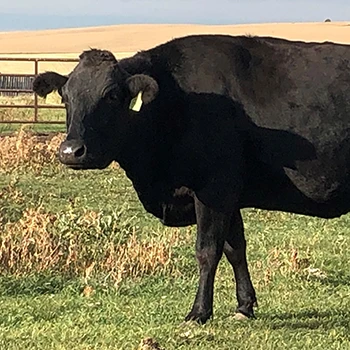
Certain cattle breeds have more marbling because of how they metabolize food.
Breeds rich in marbling include Angus, Japanese Wagyu, Kobe, Murray Gray, Herefords, Shorthorns, and dairy breeds such as Jersey, Holstein-Friesian, and Braunvieh.
For example, Kuroge-Washu, a Japanese breed, has a high amount of what’s called intramuscular fat, so it’s high in the marbling grading system.
2. Feed
The feed can be grass or grain feed. Beef cattle that don’t gain weight lose marbling from muscles very fast. This is why grain feed produces marble more easily than strictly grass-fed cattle.
However, this is a generalization because cattle metabolize differently, and this also depends on the breed.
For example, manufactured grass pellets used in industrial feedlots don’t have the nutrient density of grasses native to some areas, such as Montana [2].
3. Exercise
The amount of muscle used also determines the amount of marbling. Muscles that aren’t heavily worked, like the loin, have more fat, which means cuts are richer in marbling.
When determining the level of marbling, graders check the ribeye muscle between the 12th and the 13 ribs, which is the location of the short loin primal and sirloin [3].
“A variety of components such as the age of the animal, diet (grain or grass-fed) along with the breed of the animal influence the level of marbling. Generally, beef cuts from the forequarter and loin of the animal exhibit higher levels of marbling compared to butt cuts from the hindquarter.”
- Australian Butchers’ Guild, Independent Retail Butcher Network
On the other hand, muscles that exercise a lot, such as legs, shoulders, and rump, have leaner cuts with less marbling.
4. Cut
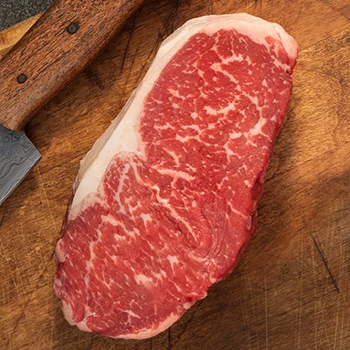
Specific cuts have different fat content and higher marbling scores. For example, a Tenderloin steak has less marbling but a very fine structure of muscle fibers, which results in extremely tender meat, even though it isn’t very juicy.
New York Strip has a lot of marbling and a high-quality grade but has large muscle fibers that overpower the fat, so the meat isn’t as tender.
This means tenderness and marbling don’t go hand in hand, and the way USDA grades beef isn’t significant for marbling.
Also Read: What Steak Cut Is the Best?
5. Age
Finally, the animal’s age plays an important factor in marbling. If an animal is too young, it won’t show much marbling.
For example, veal creates marbling only after developing intermuscular fat. But older animals aren’t ideal either, so you need to get the age just right.
FAQs
Is Meat Marbling Good for You?
Yes, meat marbling is good for you. Research shows marbled cuts are of higher quality compared to cuts without marbling. They also have healthier fats, such as oleic acid.
What Is the Difference Between Marbling and Fat?
The difference between marbling and fat is that marbling describes a specific kind of fat. Marbling is fat content inside of the beef muscle, while fat is a broader term that encompasses all kinds of fat.
Which Meat Has the Most Marbling?
Ribeye is the meat that has the most marbling. Other cuts include Wagyu and Kobe beef.
References:
- https://www.ncbi.nlm.nih.gov/pmc/articles/PMC5672612/
- https://www.ers.usda.gov/webdocs/publications/106089/ap-109.pdf?v=3816.3
- https://extension.missouri.edu/media/wysiwyg/Extensiondata/Pro/4h/Docs/Projects/PlantsAnimals/Meats/beef-carcass-evaluation.pdf


